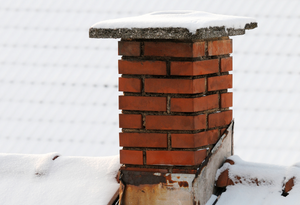Dryer Vent Cleaning for the New Year

Dryer vent cleaning is a critical part of the winter season. We wear sweaters and coats that shed a little bit of their material with every wash and dry. But have you ever wondered what happens to all those little fibers as they leave your clothes? The lint catcher of course! Well…yes…and no. Let’s take a look at how a dryer vent cleaning helps your clothes and home.
What is a Dryer Vent Cleaning?
As clothes are tumbling around with hot air blowing into the machine getting dry, little fibers come off of the clothes. These fibers are (mostly) caught by the lint catcher, however, some fibers bypass the lint catcher and settle into the dryer vent. Lint, over time builds up blocking the passage of air. What can happen if you don’t get a dryer vent cleaning done?
Call Us at 877-959-3534 for Chimney Service
Clogged Dryer Vent Result #1
You know you need a dryer vent cleaning when it takes too long for the clothes to dry. You go to the dryer thinking that everything is ready to be hung on a hanger or folded to be put away, and instead you find that your clothes are still too damp. An hour isn’t long enough? Not if your dryer vent is clogged up with lint.
Clogged Dryer Vent Result #2
You’ve noticed that you’re telling everyone to turn off the lights when you’re not in the room. But everyone is looking at you weird, “we’re not doing anything different.” Your significant other says, “I’m at work!” What could be increasing the electric bill? You probably never thought of your clothes dryer. When it takes more time to dry, you are increasing your electric bill for every minute spent.
Clogged Dryer Vent Result #3
Fire! Now this is the biggest reason to get a dryer vent cleaning. The build up of lint in combination with the hot air can cause a fire in the dryer vent. This can cause significant damage and to your mud or utility room along with other rooms if the fire spreads quickly. According to the NFPA ( National Fire Protection Association ). washer and dryers cause an average of 15,970 fires per year costing $238 million dollars in property damage. Of course, this doesn’t include the cost of injury or life loss.
What to Do?
Once per year, a dryer vent cleaning will avoid all of the top 3 risks listed above. This is the recommendation of the NFPA in order to keep yourself, your family and home safe. Give us a call and a highly trained service technician will come to your home and clean out the dryer vent. You’d be surprised at how much builds up over time. The lint can form a solid material that surrounds the interior walls of the vent. The technician will check and clean the vents to provide safe passage of the hot air.
Call Us at 877-959-3534 for Chimney Service
This post first appeared on https://www.superiorchimney.net
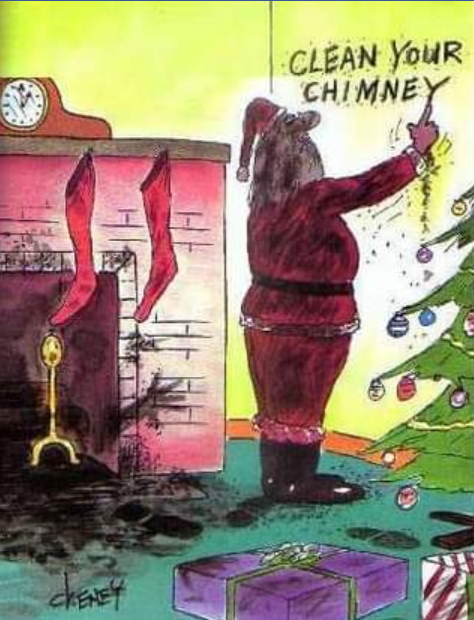
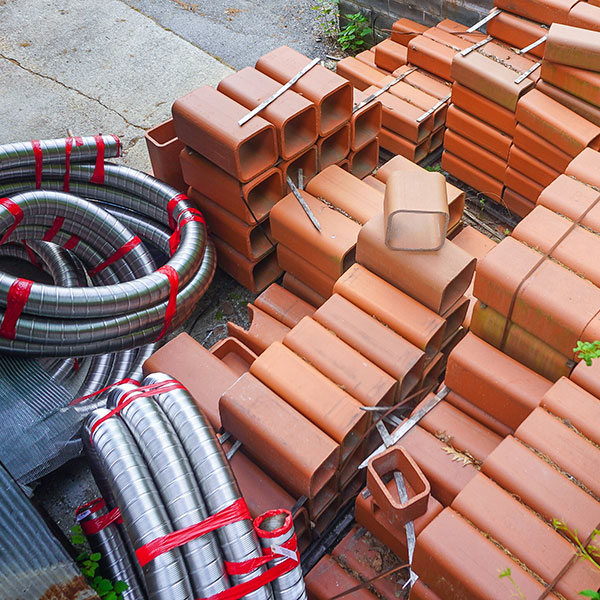 First, what is a chimney flue?
First, what is a chimney flue?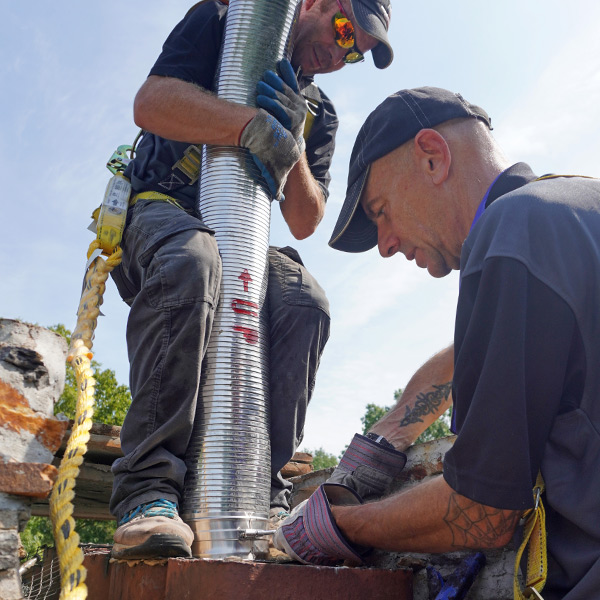 Relining your chimney
Relining your chimney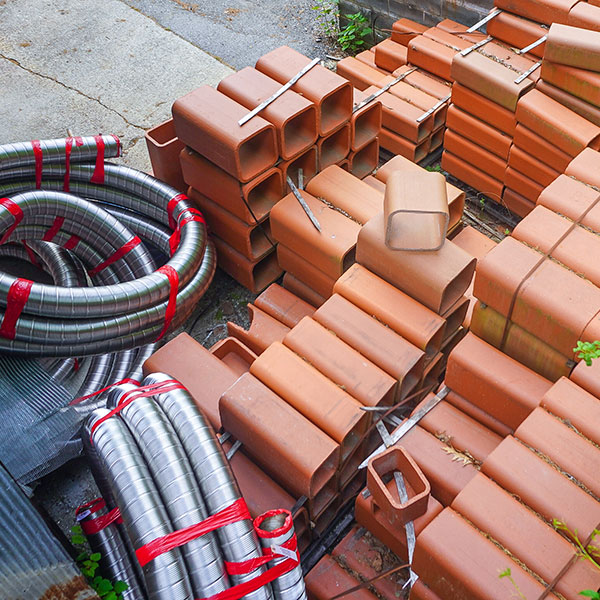 How Do Flue Tiles Crack?
How Do Flue Tiles Crack?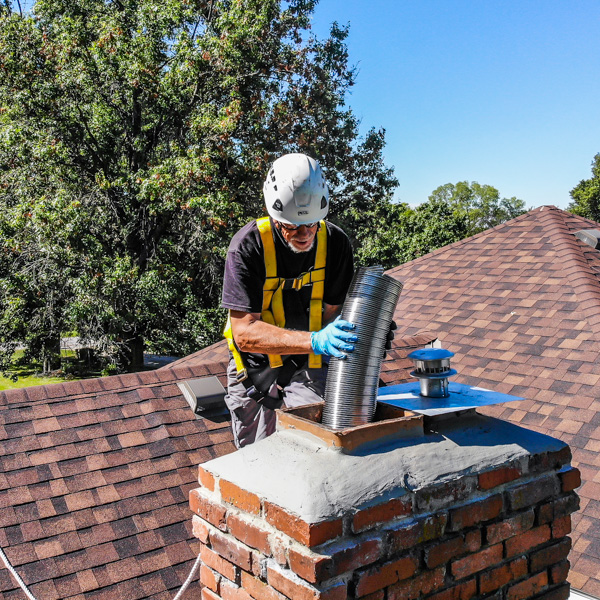 How Do I Know When My Flue Liner Needs Replacing?
How Do I Know When My Flue Liner Needs Replacing?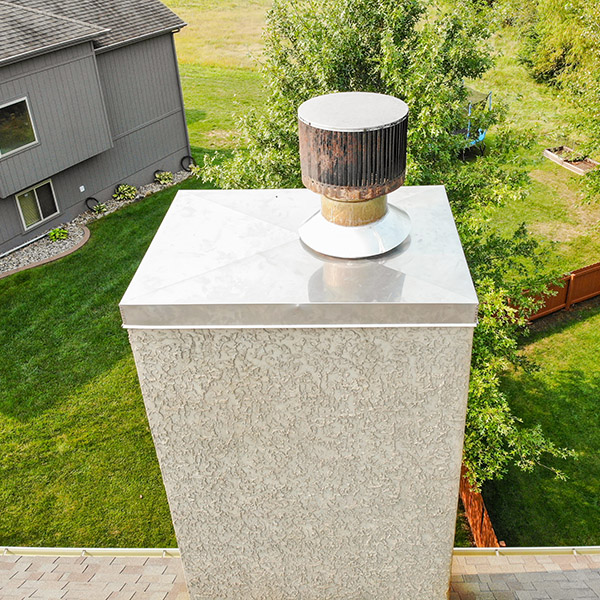 What is a Chimney Chase Cover?
What is a Chimney Chase Cover?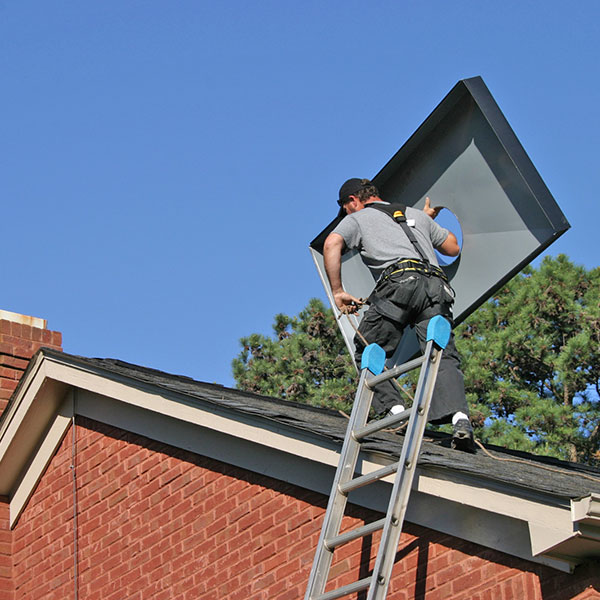
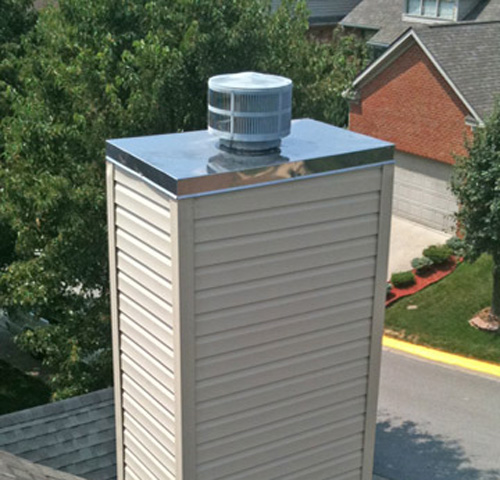 What is a Chimney Chase?
What is a Chimney Chase? Why is a Chase Cover Necessary?
Why is a Chase Cover Necessary?